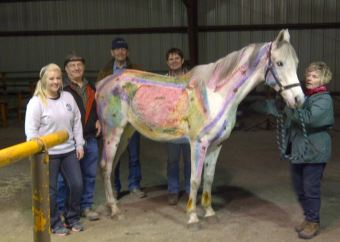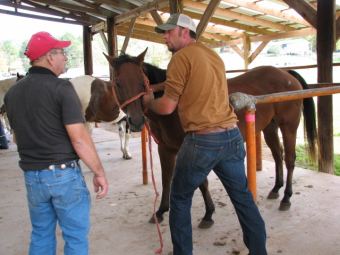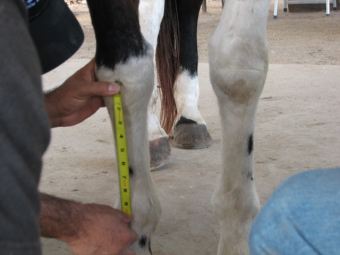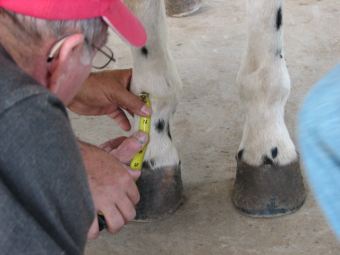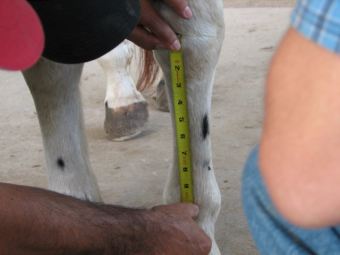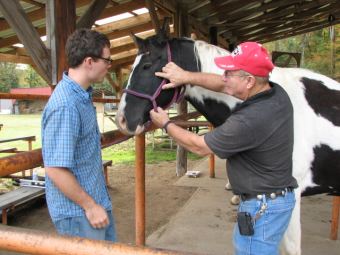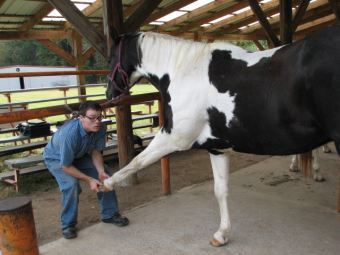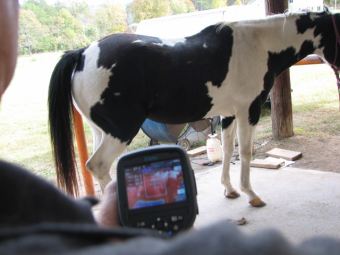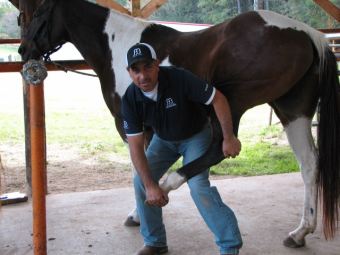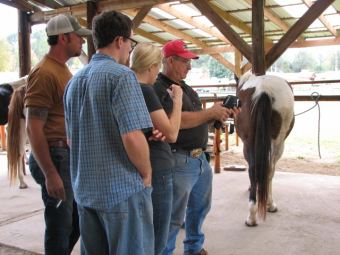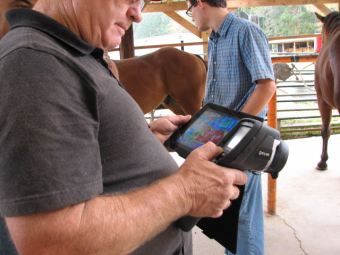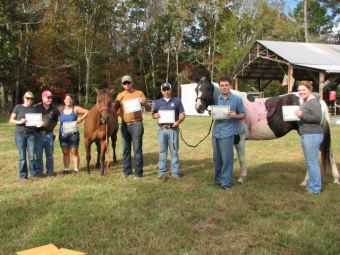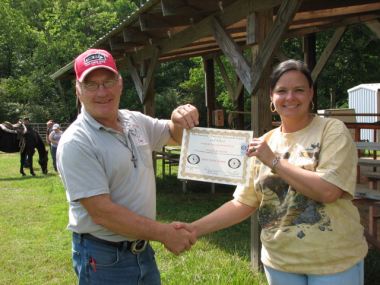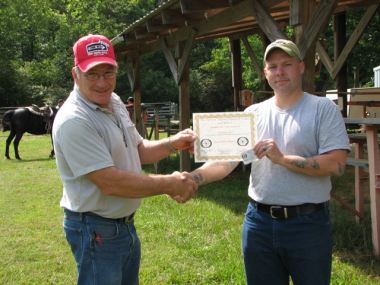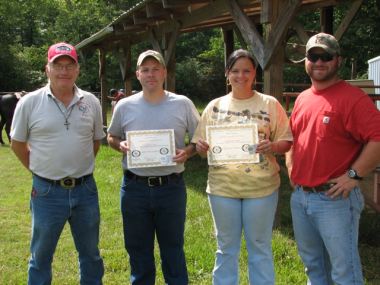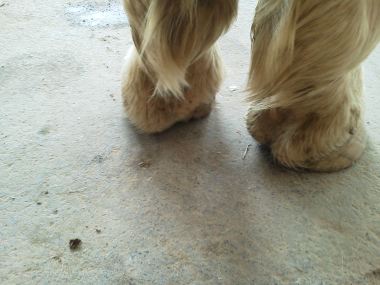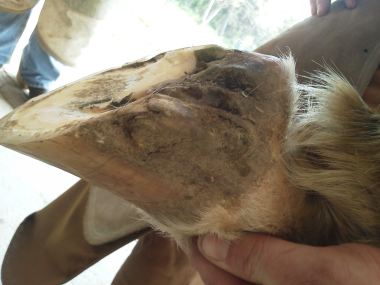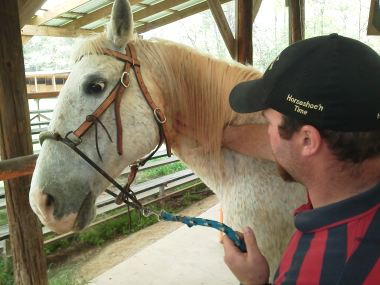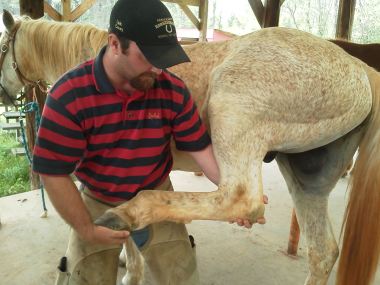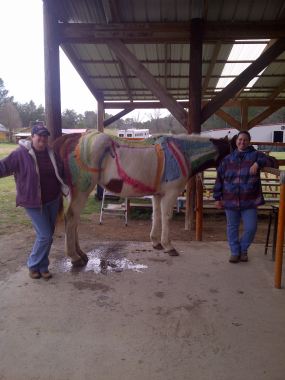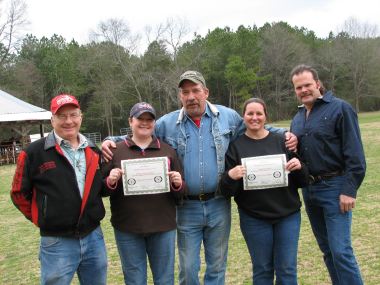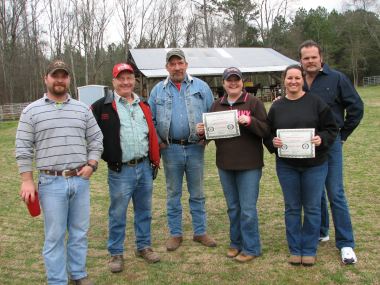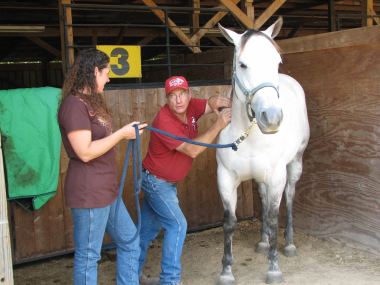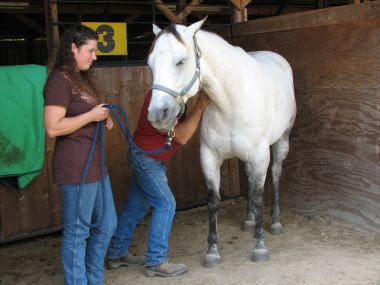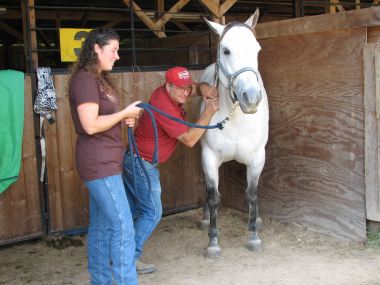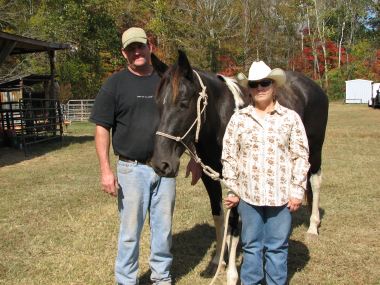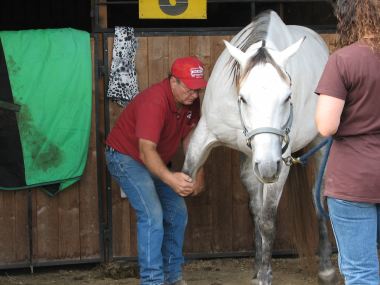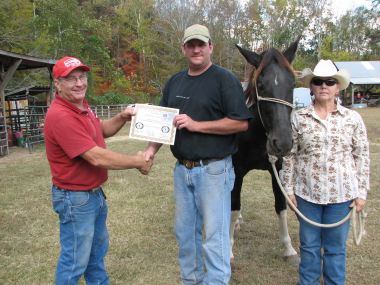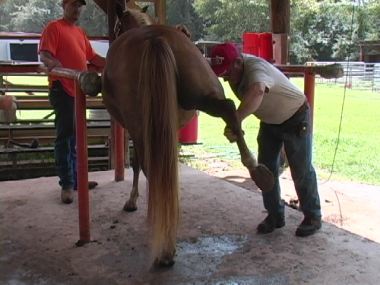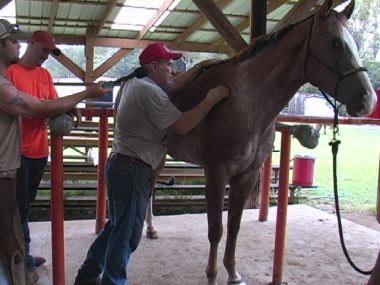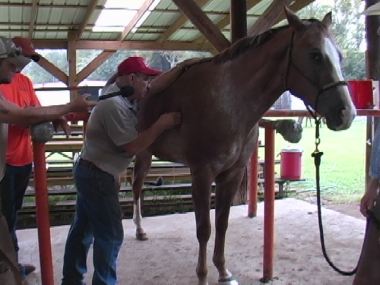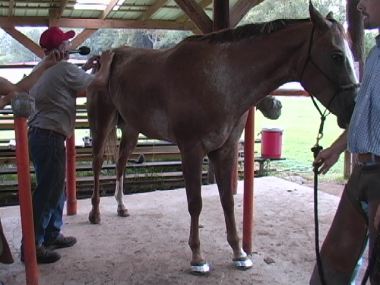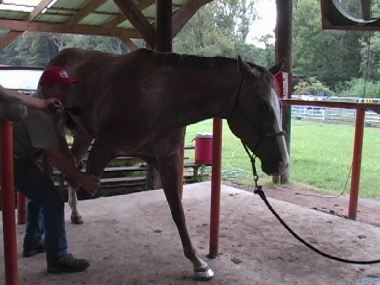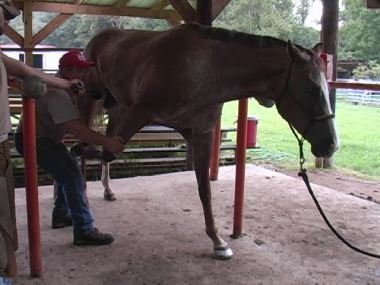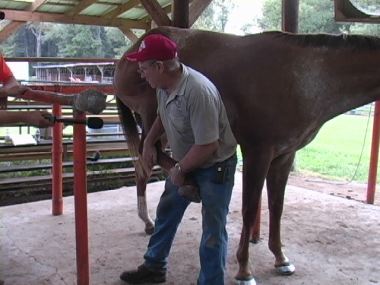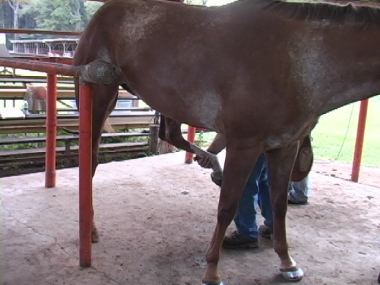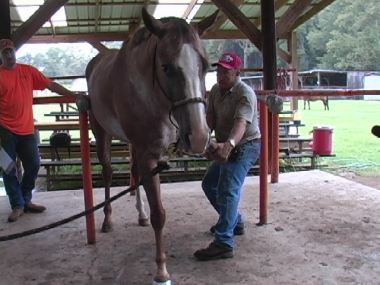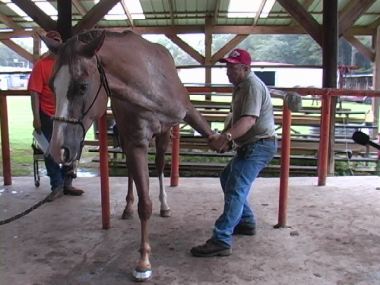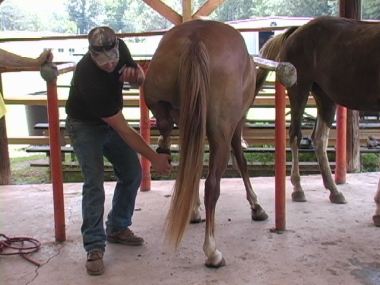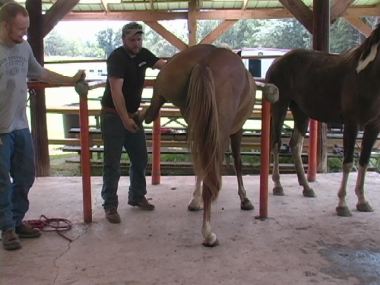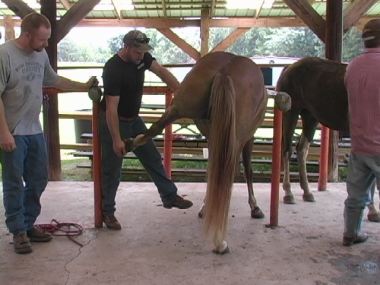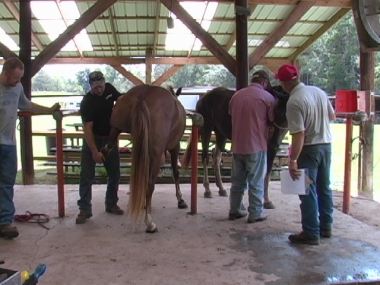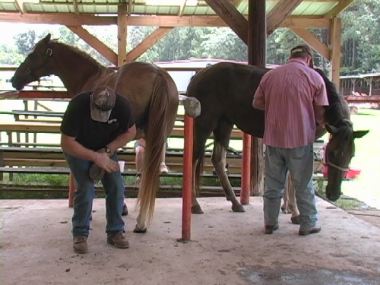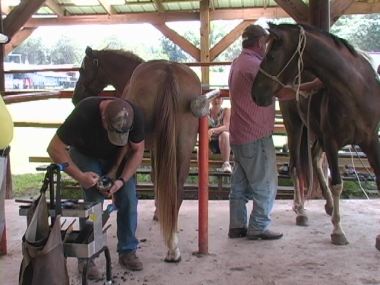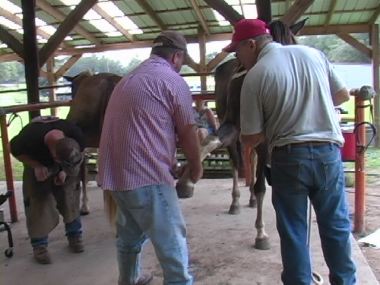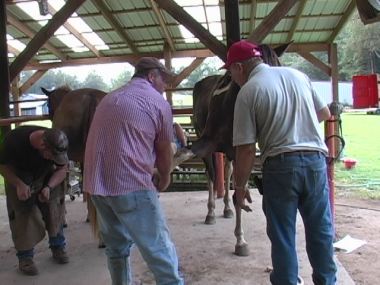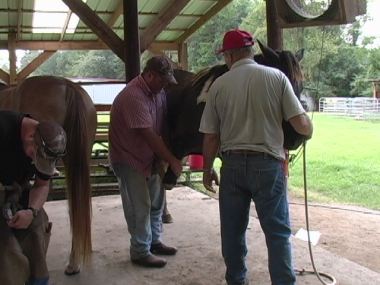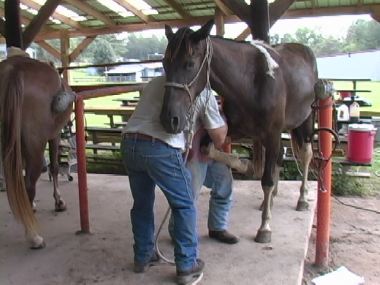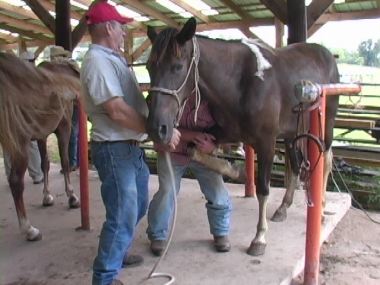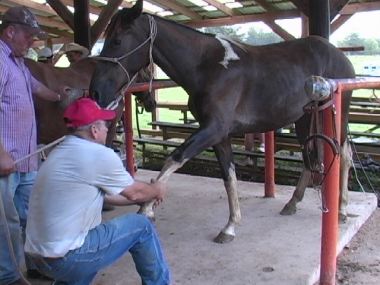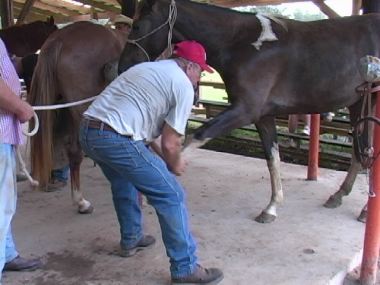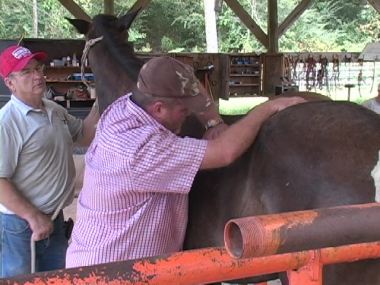Horse Pastures, Cool Weather and Laminitis explained
Cool spring weather brings in new green grass but what about the fall? Those cool weather days also bring in new green grass. So how does that relate to the horses’ diet?
Most horse owners know about the dangers of eating too much new spring grass, but have you thought much about the fall weather grass? Yes, horses can founder on both. With the abundance of rain and sunshine this year, you may find yourself mowing your lawn every 5 days. How about your pastures?
Fall is the time to fertilize and lime your pastures. If you do, keep your horses off for several weeks, not just days. We are thankful for all that good green grass, but with it comes limitation for horse grazing.
It has been known for many years that lush pastures can cause laminitis and founder in susceptible horses. According to a popular farrier publication editor, Fran Jurga, scientists have identified fructans as the culprit in grass that causes horses to founder.
Explanation:
During the day, plants carry on photosynthesis and produce sugar. In grasses, these sugars are stored as carbohydrates such as sucrose, fructose and fructans. During sunny days, horses can be grazing on pastures that are high in carbs. At night, the plants use the carbs to produce plant tissue. Therefore, carb levels are lowest at dawn. Fructans are a form of carbohydrate stored by grass. Seeds store energy as starch, grasses store energy as fructans.
Problems can arise when stress slows the growth of the grasses and the plants do not use the carbs produced during the day. This condition can develop during the SPRING (and FALL), when falling nighttime temps and frost can shut down the plants. If the frosty nights are followed by warm, sunny days, fructan levels can accumulate quickly in the grass blades. Grazing grasses high in fructan levels can trigger a situation in horses very similar to carb overload caused by overeating grain. Increased carb and fructan levels can set off a series of metabolic disturbances in the horses’ intestines, potentially resulting in colic and laminitis. Until more research is done, it appears that fructans are the likely cause of grass induced laminitis or founder in horses.
Courtesy of the Tribute Equine Nutrition:
Laminitis is the inflammation of the sensitive structures in the hoof called the “lamellae.” The lamellae hold the coffin bone tight within the hoof horn. This condition is extremely painful and can lead to rotation of the coffin bone known as founder. A common cause of laminitis is overconsumption of pasture grass, especially when the grass is actively growing, typically in the spring or after a good rain – AND IN THE FALL. Nutritional causes are related to high intake of sugar and starch also from grain mixes high in cereal grains and molasses.
Minimizing the horses’ sugar and starch per meal is the best way to prevent or manage laminitis. Once a horse has signs of laminitis, nutrition will always be an important factor in continuing a long healthy life.
Dr. Dan, the Natural Vet of Tennessee describes it this way:
Just so you also fully understand – molasses IS SUGAR. Both cause insulin spikes, subsequent insulin resistance from over-production by the body, hypothyroid, Cushing’s horses, etc. Sugar highs and sugar lows are the culprits. Feeding corn and sugar at the morning meal is like us eating donuts and candy for breakfast. These high sugar levels wear the pancreas out. The pancreas produces insulin to handle the sugar and then later in the day, the sugar low causes tremendous stress on the body because the body is starving to death. This hypoglycemia also wears out the adrenals (glands that handle stress) and eventually hypothyroidism, Cushing’s (from over production of adrenal glands), and laminitis, as well as metabolic issues of all types can results. Heck, the body is “just flat worn out” from the stress.
All commercial feeds are produced to “hit the middle of the road’ when it comes to vitamin and mineral fortification.
Buck McColl of Mobile Milling Bio-Zin:
Read your feed tag carefully. Have your pasture soil tested. Compare the quality of your pastures to what your horse really needs in a supplement. Ask your farrier about your personal horse’s hoof quality.
From the Farriers’ National Research Center
Some horses react to all the above, and some don’t. You need to watch out for those easy keepers who seem to always be heavier. Going back to helping the hooves stay dry, put your horses in a dry lot or stalled overnight, let out about noon till 9pm or dark and they will have better hooves and stay on a better-balanced diet as well.
We offer a Nutritional Information Class and DVD for our farrier students and horse owns are welcome. The information comes to us from many Professional Equine Nutritionists who study the subject for living. It is part of our daily business, helping horses stay healthy with healthier hooves to stand on.
After all…”A Healthy Horse = A Happy Owner”
www.farriersnationalresearchcenter.com Villanow, Georgia (706)397-8909 for appointments
Check out our other “Healthy Hoof Care Articles for Horse Owners”

